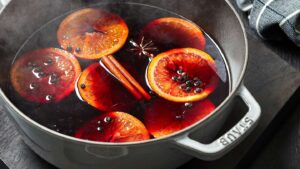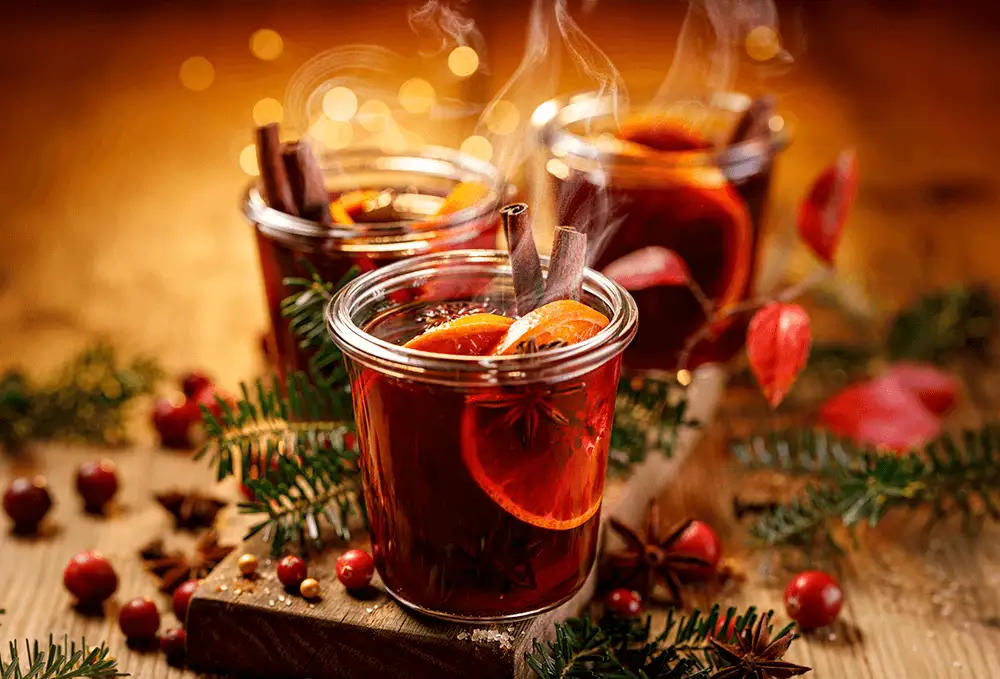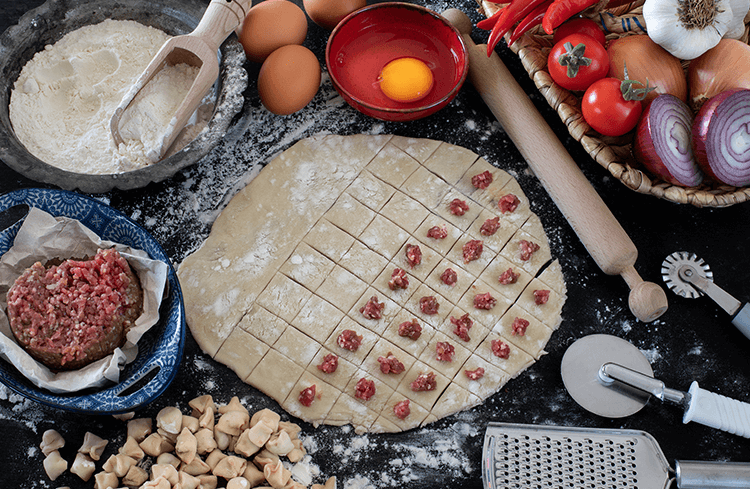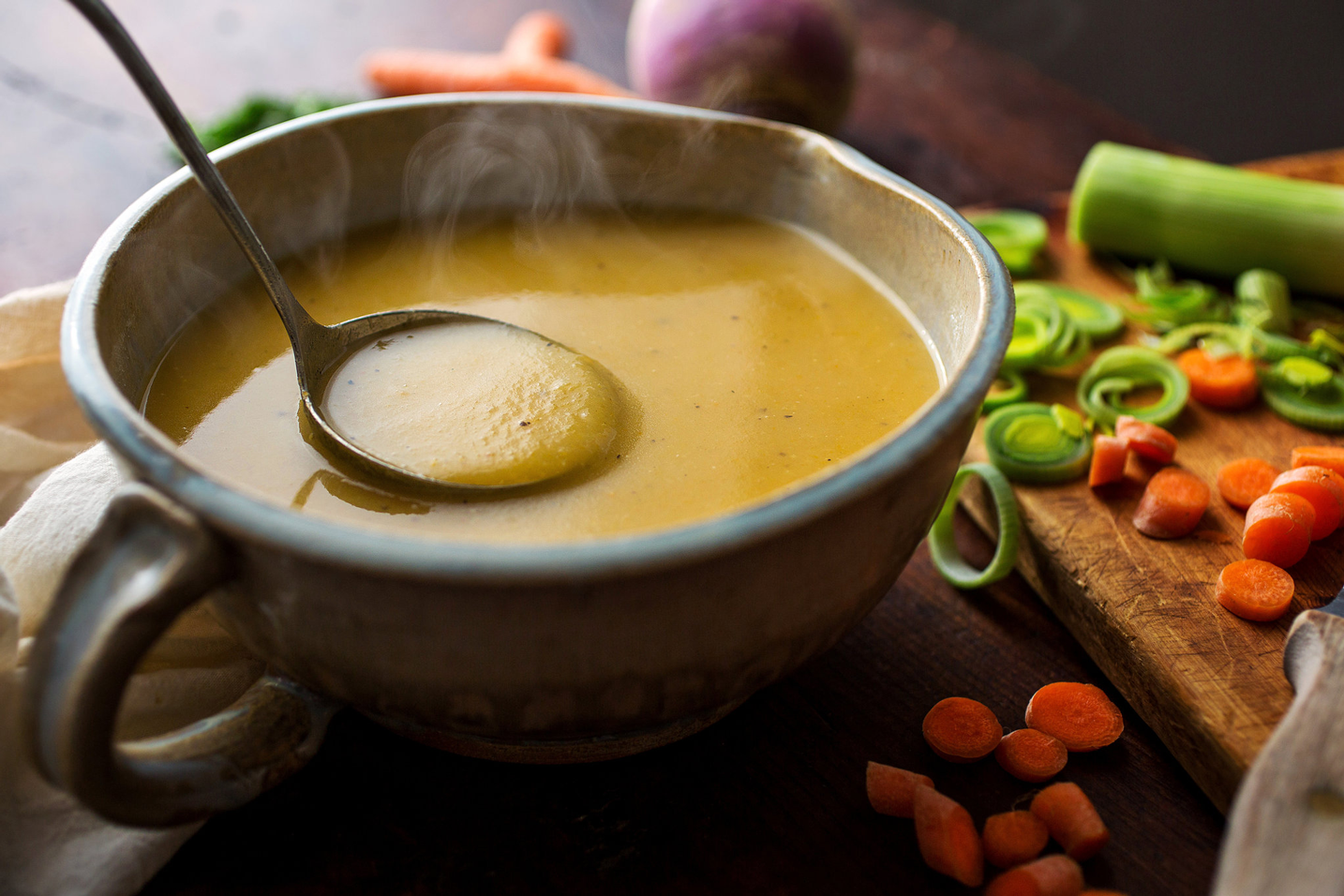This is the Time: Glühwein, Mulled Wine or Vin Chaud
Mulled wine, also known as glühwein in German or vin chaud in French, is a warm, spiced wine that is popular in many countries around the world. It is often served during the winter months, as it is a warming and comforting drink.
History of Glühwein
The exact origins of mulled wine, that warming elixir of spice and fire, remain veiled in time, lost in the mists of antiquity. Some whisper its genesis lies in the sun-drenched vineyards of the Middle East, where ancient civilizations first experimented with infusing wine with exotic spices for ritualistic or medicinal purposes. Others point to the chilly hearths of Central Europe, where medieval folks sought to banish the bitter bite of winter with a steaming goblet of spiced vino.
Regardless of its precise birthplace, the earliest embers of mulled wine’s legacy glow faintly from the pages of history. In the 1st century AD, the Roman gourmand Apicius, penning his culinary masterpiece “De Re Coquinaria,” included a recipe for “Conditum Paradoxum,” a spiced wine concoction infused with honey, pepper, saffron, and dates. This tantalizing glimpse suggests mulled wine wasn’t merely a humble winter warmer, but a decadent treat enjoyed by Roman connoisseurs.
As the Roman Empire crumbled and Europe plunged into the Middle Ages, mulled wine didn’t fade into obscurity. Instead, it thrived, evolving into a beloved staple of feasts and celebrations. In bustling marketplaces, aromatic vapors from cauldron-brewed mulled wine enticed merrymakers, beckoning them with promises of warmth and good cheer. The drink’s popularity wasn’t confined to revelry; it seeped into the hallowed halls of medicine, too. Medieval physicians, imbued with a faith in its potent concoction of heat and spice, readily prescribed mulled wine as a curative elixir for everything from the sniffles to the shivers.
Through the centuries, mulled wine has continued its captivating journey, its recipe whispered from grandmothers to grandchildren, its warm embrace finding solace in taverns and kitchens alike. So, whether you raise a glass in tribute to its ancient Roman roots, its medieval medicinal fame, or simply to the cozy contentment it brings on a frosty evening, remember this: mulled wine is more than just a winter beverage; it’s a tapestry woven with history, tradition, and the enduring human desire for warmth, comfort, and good company.
Tradition
Mulled wine, that aromatic ambassador of winter cheer, weaves its warm embrace through a tapestry of diverse traditions. In Germany, it dons the mantle of Glühwein, a ruby-red symphony of spices that fills the air of bustling Christmas markets, its steamy tendrils beckoning frost-kissed faces to ceramic mugs. The name itself, meaning “glow wine,” whispers of the warmth it imparts, both internally and to the festive atmosphere. In France, it transforms into vin chaud, a charmingly rustic counterpart, gracing the cobbled streets with its inviting perfume, a delightful accompaniment to whispered conversations and laughter echoing through charming cafés.
Across the Atlantic, in the United States, mulled wine becomes a festive fixture, the centerpiece of holiday gatherings, its spiced glow illuminating faces aglow with seasonal merriment. From cozy living rooms to grand celebrations, it warms hands and hearts, fostering a sense of shared joy and togetherness.
But its allure extends beyond festive occasions. Mulled wine is a chameleon of comfort, gracing mugs in quiet kitchens on snowy evenings, the gentle simmer of spices whispering lullabies of contentment. Whether savored solo or shared with loved ones, it invites an introspective pause, a moment to breathe in the fragrant air and let the worries of the world melt away.
Beyond its warming embrace, mulled wine also dances with culinary delights. Served in rustic mugs or delicate wine glasses, it often dons a festive cloak of garnishes. A vibrant orange slice, a dancing cinnamon stick, or a star anise, each adds a playful note to its visual symphony. And then there’s the taste, a complex waltz of sweet and spice, the fiery bite of ginger intertwined with the warm embrace of cinnamon, the citrusy whisper of orange zest, all woven together by the rich depths of the wine.
Whether enjoyed on its own, a solo serenade to winter’s charm, or paired with culinary partners like gingerbread cookies or decadent fruitcake, mulled wine paints a masterpiece of flavor on the palate. It’s a poem written in cloves and cinnamon, a story whispered in ginger and nutmeg, a symphony of comfort conducted by warmth and shared joy. So, raise a glass to this versatile ambassador of winter’s magic, and let its fiery embrace and captivating history paint your world with a touch of festive glow.

Recipes
There are many different recipes for mulled wine, but most recipes include the following ingredients:
- Red wine
- Sugar
- Spices, such as cinnamon, cloves, nutmeg, and star anise
Some recipes also include other ingredients, such as fruit, brandy, or liqueur.
Here is a basic recipe for mulled wine:
Ingredients:
- 1 bottle (750 ml) red wine
- 1/2 cup sugar
- 1 cinnamon stick
- 6 cloves
- 1/2 teaspoon nutmeg
- 1/4 teaspoon star anise
Instructions:
- In a large pot, combine the red wine, sugar, cinnamon stick, cloves, nutmeg, and star anise.
- Heat over medium heat until the wine is heated through and the sugar has dissolved.
- Reduce heat to low and simmer for 15 minutes, stirring occasionally.
- Serve immediately.
Here are a few tips for making mulled wine:
- Use a good-quality red wine. The wine should be full-bodied and have a bit of sweetness.
- Don’t overcook the wine. The wine should be heated through, but not boiled.
- Experiment with different spices to find your favorite flavor combination.
Variations
Here are a few variations on the basic mulled wine recipe:
- Fruity mulled wine: Add 1 cup of chopped fruit, such as apples, pears, or cranberries, to the pot along with the wine and spices.
- Spicier mulled wine: Add more of your favorite spices, such as ginger, cardamom, or allspice.
- Sweeter mulled wine: Add more sugar or honey to taste.
- Alcohol-free mulled wine: Substitute apple juice or cranberry juice for the red wine.
Mulled wine is a delicious and warming drink that is perfect for the winter months. It is a great way to warm up on a cold day or to enjoy with friends and family.









